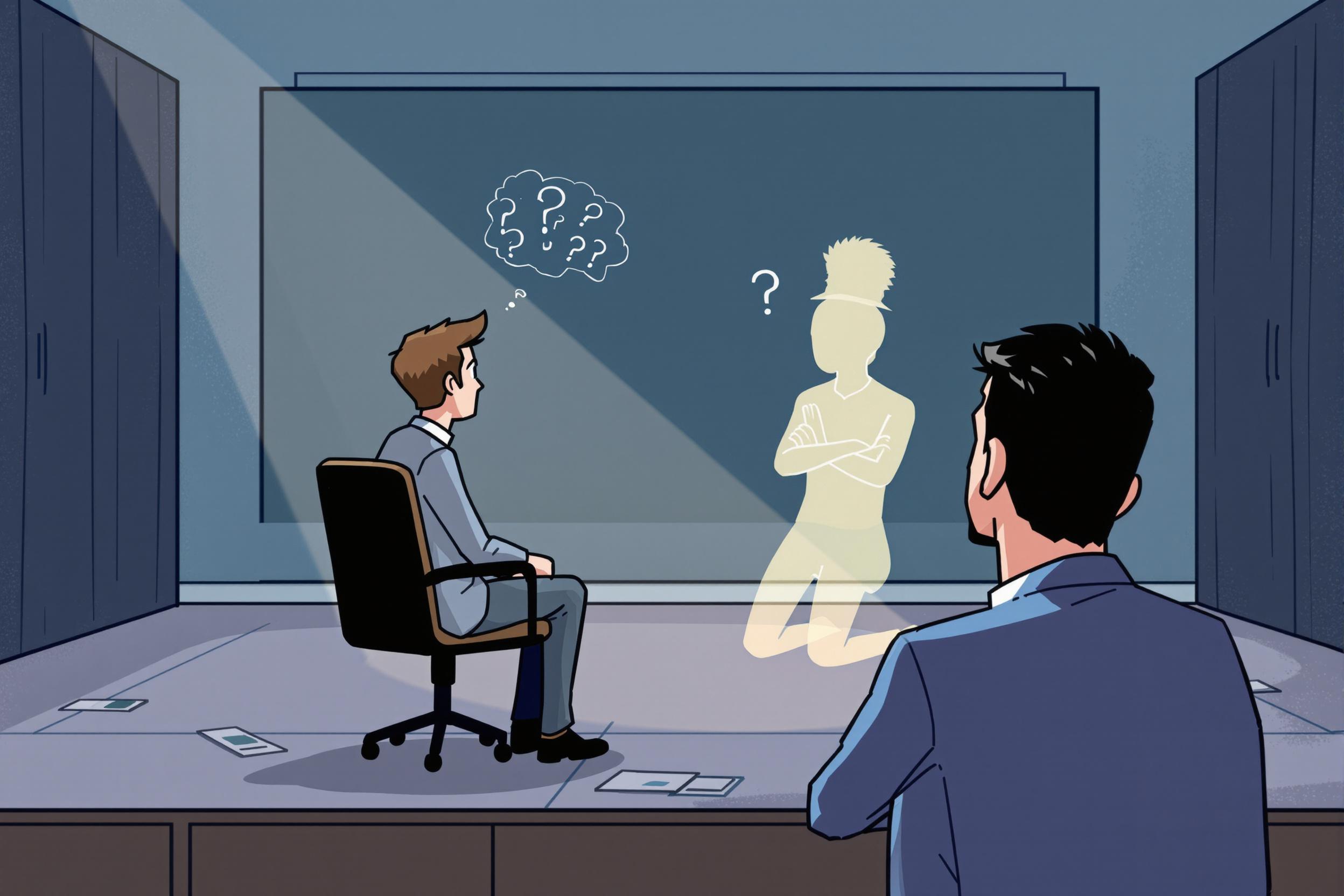
Patina
Patina refers to the natural aging or weathering that occurs on antiques and collectibles over time, giving them a distinctive appearance and character. In the antiques industry, it's like a time-earned finish that develops on items such as furniture, bronze, copper, or other materials. When mentioned in resumes or job descriptions, it indicates experience with recognizing, preserving, or working with aged items that have this natural wear. Think of it as similar to how wine gets better with age - patina often adds value to antiques when it's authentic and properly maintained.
Examples in Resumes
Specialized in evaluating Patina authenticity on bronze sculptures and metalware
Restored antique furniture while preserving original Patina and character
Trained junior staff in distinguishing natural Patina from artificial aging techniques
Typical job title: "Antique Specialists"
Also try searching for:
Where to Find Antique Specialists
Professional Organizations
Online Communities
Trade Shows & Events
Example Interview Questions
Senior Level Questions
Q: How do you determine if a patina is authentic versus artificially created?
Expected Answer: An experienced specialist should discuss examination techniques like looking for consistent wear patterns, using magnification, checking for artificial coloring, and comparing with known authentic pieces. They should also mention the importance of understanding the item's age and historical context.
Q: How would you handle a valuable antique piece with damaged patina?
Expected Answer: Should demonstrate knowledge of conservation principles, discussing assessment methods, documentation, when to preserve versus restore, and working with conservation specialists while maintaining the piece's value.
Mid Level Questions
Q: What factors affect the development of natural patina?
Expected Answer: Should explain environmental factors like humidity, temperature, air quality, handling, and time, while showing understanding of different materials and how they age differently.
Q: How do you explain the value of patina to clients?
Expected Answer: Should demonstrate ability to communicate the historical significance, authenticity indicators, and value implications of patina in simple terms, using examples and comparisons.
Junior Level Questions
Q: What is patina and why is it important in antiques?
Expected Answer: Should be able to explain that patina is natural aging that adds character and value to antiques, and demonstrate basic knowledge of how it appears on different materials.
Q: What basic cleaning methods are safe for items with patina?
Expected Answer: Should know gentle cleaning techniques that won't damage patina, understanding when to avoid harsh chemicals and when to seek expert advice.
Experience Level Indicators
Junior (0-2 years)
- Basic identification of patina
- Simple cleaning and handling techniques
- Understanding of common materials
- Basic documentation methods
Mid (2-5 years)
- Detailed patina assessment
- Knowledge of preservation techniques
- Client consultation skills
- Material-specific expertise
Senior (5+ years)
- Advanced authentication methods
- Conservation planning
- Expert valuation skills
- Training and mentoring ability
Red Flags to Watch For
- Unable to distinguish between natural and artificial patina
- Lack of knowledge about proper cleaning methods
- No understanding of conservation principles
- History of over-cleaning or removing valuable patina
- Poor documentation practices
Related Terms
Need more hiring wisdom? Check these out...

From Passive to Active: Nurturing Candidates Over the Long Haul

Refining Job Descriptions to Expand Applicant Pools: Casting a Wider Talent Net

Ghosted Again? How to Stop Candidates from Disappearing and Start Engaging Them Better

